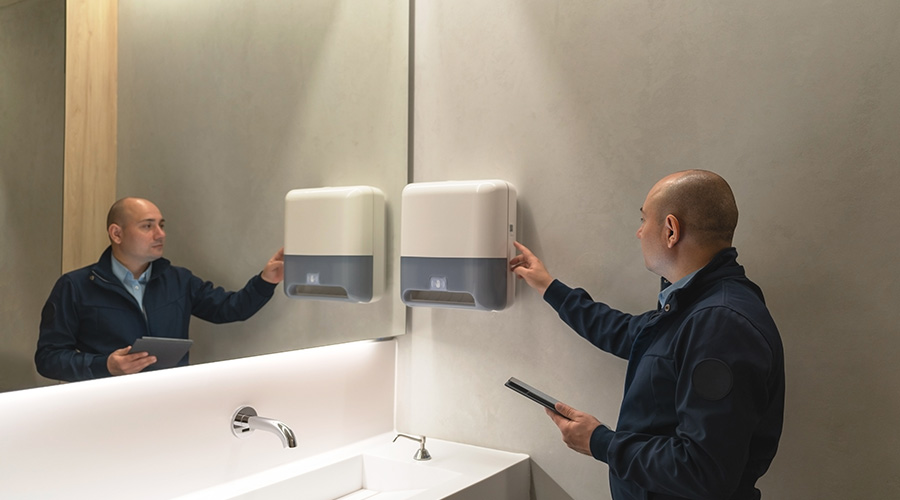Drain-Cleaning to Extend Life of Plumbing and Piping Systems
Part 3 of a 3 part article on drain cleaning strategies
Managers and technicians looking to successfully extend the life of plumbing and piping systems need to monitor several key issues to ensure they use the most appropriate strategies and equipment.
Age and condition. As drain systems age and their condition declines, technicians might need to use different drain cleaning equipment. Piping walls wear due to corrosion and erosion. Also, if system use — including volume and makeup of solids and liquids — increases or decreases due to changes in occupancy or purpose, technicians must make adjustments to troubleshooting tactics.
By using such predictive techniques as periodic wall-thickness measurement and pressure drop in each section of the system, managers can schedule the planned replacement, rather than being caught off guards by an emergency.
Repair history. Complete and accurate records of a drain system’s repair history are essential for effective predictive maintenance. Using this information, managers can optimize cleaning.
There are risks and costs to either under- or over-maintaining drains. Under-maintaining can lead to functional breakdowns, backups, floods and other disruptions in operations, as well as cleanup costs. Over-maintaining can result in unnecessary work and excess costs.
With a drain’s repair history broken down into sections, technicians can optimize cleanout frequency and shorten cleanout time. Also, knowing the equipment that technicians previously used can be a great teaching tool for new technicians, not to mention a reminder for experienced technicians, of the way previous workers obtained the best results.
Also with a sectioned history, managers will find that certain areas of the system required cleanout more often than others. By analyzing the history of clogs, managers can schedule cleanouts so they occur before a clog is likely to occur in that section.
Rather than setting an arbitrary frequency for cleaning all drains, managers can optimize the frequency by section to maintain the optimum useful life of drains with little or no blockage.
Another strategic advantage derived from maintaining good drain system repair history is in predicting the effect on staffing. If the date indicates that increases in cleaning frequency, equipment and methods add 2,000 hours of labor to the annual schedule, this is equivalent to adding one full-time technician. Adding this staff might be the most cost-effective strategy when compared to the lost opportunity cost of disruptions.
Finally, managers can uncover trouble by checking the water meter to detect a flow of water when there should not be one. Periodically check the meter at 30-minute intervals. Any change in the reading not only indicates a leak, but also provides the flow rate. For example, 2 gallons in 30 seconds equals 4 gallons per minute, or 2,102,400 gallons per year. Quick detection using this method is essential to controlling water use and can prevent major losses and damage.
Thomas A. Westerkamp is a maintenance and engineering management consultant and president of the work management division of Westerkamp Group LLC.
Related Topics:














